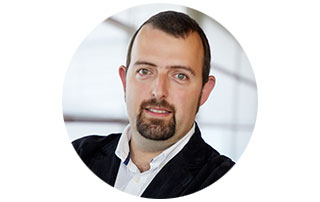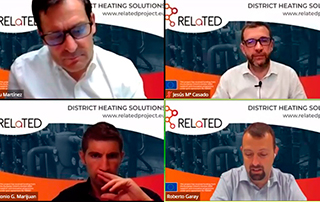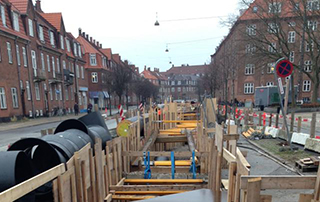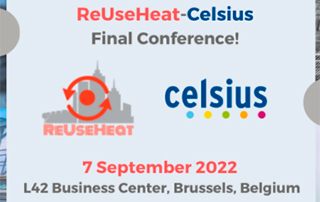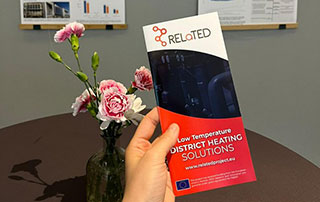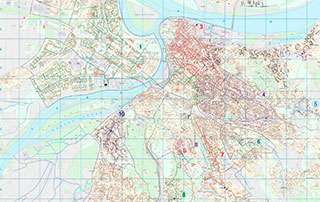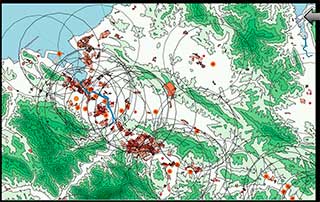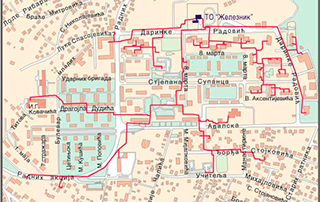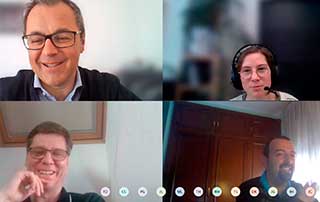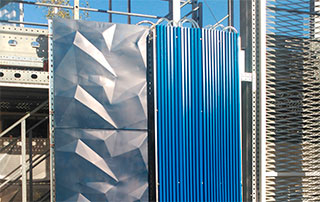M56. Is RELaTED over? Maybe it’s just the first stage in a longer journey.
We gathered around a Decentralised Ultra Low Temperature District Heating Network concept back in 2017. After 56 months, the RELaTED consortium has successfully achieved its goals. Is it over? Well, not really. It is now the time to scale-up. Roberto Garay, RELaTED Project Coordinator We developed, integrated, and tested our concept. These shall now be promoted for integration across existing and new DH systems. We developed systems to manage heat in and outwards of buildings, adapt temperature levels, and incorporate solar heat in a quite flexible setting. This is well proven in three of our sites, but it is now the time to develop it at a wider scale. This requires forward-looking DH network operators and customers, together [...]

